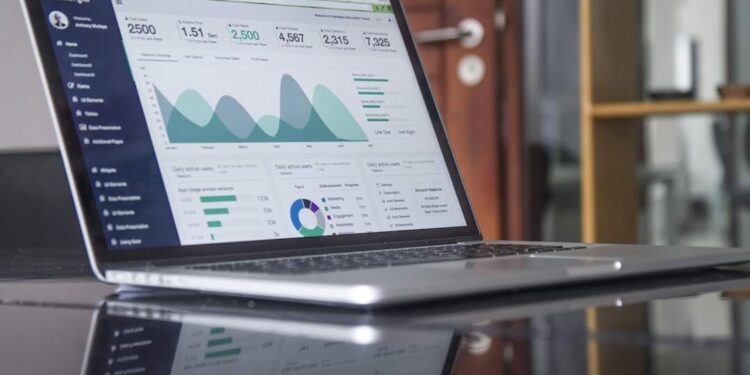In a market cluttered with competition, businesses are constantly seeking innovative ways to stand out and resonate with their customers. To accomplish this, they’re turning to sophisticated tools, like customer segmentation software, that allow them to tailor their marketing strategies and enhance the customer experience. By understanding and categorizing their audience, companies can deploy more personalized marketing efforts that lead to increased customer satisfaction and loyalty. Below, we explore how these tools and techniques are reshaping the world of customer interaction.
Understanding Customer Segmentation Software and Its Role in Marketing Strategies
Customer segmentation software helps businesses group customers based on traits like demographics, behavior, and buying habits. This lets marketers create highly personalized campaigns that better connect with each audience. Tools like Adestra allow companies to use this data to refine messaging, predict behavior, and boost engagement through smarter targeting.
Beyond marketing, customer segmentation supports better product development and customer service. Using the right software, such as customer segmentation software that integrates with platforms like Adestra, companies can make informed decisions that lead to stronger customer relationships and long-term success.
Enhancing Personalization Through Advanced Customer Segmentation Techniques
Advanced customer segmentation enables marketers to personalize content, offers, and experiences based on individual behaviors and preferences, greatly boosting engagement and conversion rates. Techniques like cluster analysis and predictive analytics, supported by AI and machine learning, help brands adapt in real-time to customer interactions.
This dynamic personalization approach not only enhances the customer journey but also optimizes marketing budgets by targeting high-potential segments, reducing unnecessary spend. The real challenge lies in interpreting customer data to craft meaningful narratives for each group. When done effectively, segmentation allows for more relevant messaging and a stronger emotional connection between customers and the brand.
Boosting Customer Loyalty with Tailored Experiences Powered by Segmentation Tools
Customer loyalty grows when consumers feel understood and valued, which segmentation tools help achieve by enabling personalized experiences. These tailored interactions boost satisfaction and promote repeat engagement. Segmentation also enhances loyalty programs by allowing brands to reward specific behaviors within different customer groups, leading to stronger retention and profitability.
It improves feedback collection by targeting distinct segments, ensuring businesses act on insights that reflect customer needs. This responsiveness boosts brand credibility. Segmented communication further strengthens relationships by delivering timely, relevant messaging, establishing trust, and encouraging loyalty in a crowded marketplace.
Measuring the Impact of Customer Segmentation on Personalization and Retention Ratios

Customer segmentation enables businesses to track and measure their influence on key goals like conversion rates, average order value, and customer retention. These metrics help quantify the effectiveness of personalized marketing. Retention ratios are especially useful, revealing the long-term benefits of personalization and indicating improved customer satisfaction.
Another essential metric is customer lifetime value, which can rise significantly when businesses tailor strategies to specific segments. This supports long-term growth by maximizing transaction frequency and value. In addition to analytics, qualitative feedback, such as testimonials, reviews, and surveys, provides insight into the customer’s perception of personalization, helping refine future segmentation strategies for better engagement and impact.
Leveraging Segmentation Insights for Continuous Improvement in Customer Engagement
Customer engagement thrives on continuous refinement, driven by segmentation insights that reveal detailed customer behaviors and preferences. These insights enable businesses to personalize experiences, adapt strategies proactively, and maintain relevance amid shifting market conditions. By applying data-driven lessons, companies can anticipate consumer trends and adjust their approach accordingly.
Segmentation also informs decisions across departments, fostering a unified, customer-centric culture that adds consistent value. It supports A/B testing and other marketing experiments, allowing teams to test messaging across segments and identify the most effective engagement tactics. This iterative, insight-led process forms the foundation of agile marketing and ensures meaningful customer connections.
Overall, customer segmentation software is an indispensable asset in the pursuit of personalization and customer loyalty. Through cutting-edge tools and refined strategies, businesses can engage their audience on a deeply personal level, fostering loyalty and driving sustainable growth. The insights provided by segmentation help companies not only understand their customers but also craft experiences that are valuable, memorable, and unique, thereby solidifying their position in the market and ensuring long-term success.










